The Rose of Versailles: Complete Guide, 2025 Updates & Cultural Impact
If you’ve ever heard the name The Rose of Versailles, you already know it’s not just another anime or manga — it’s a cultural landmark. This iconic story has captured the hearts of readers and viewers for decades, inspiring countless adaptations, fan theories, and even academic discussions. Whether you’re searching for The Rose of Versailles anime, want to learn about the 2025 developments, explore the manga origins, or are curious about is The Rose of Versailles yuri, this guide will take you through everything you need to know.
What is The Rose of Versailles?
The Rose of Versailles is a historical shōjo manga series created by Riyoko Ikeda, first serialized in Margaret magazine from 1972 to 1973. Set in the years leading up to and during the French Revolution, the story weaves drama, romance, and political intrigue through the lives of historical figures and fictional characters.
At its heart is Oscar François de Jarjayes, a woman raised as a man to serve in the royal guard, and Marie Antoinette, the ill-fated Queen of France. The manga blends fact and fiction, offering a rich tapestry of character development, societal commentary, and emotional depth.
The Rose of Versailles Anime
The Rose of Versailles anime adaptation aired from 1979 to 1980, produced by TMS Entertainment. The series is often praised for its faithful retelling of the manga’s main arcs, while also adding atmospheric music, elaborate costume designs, and memorable voice performances that enhanced the original narrative.
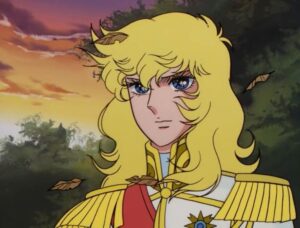
Key features of the anime:
-
Length: 40 episodes
-
Visual Style: Elegant 18th-century French court fashion, dramatic lighting, and sweeping landscapes
-
Themes: Duty versus personal desire, love in the face of political turmoil, gender identity, and class disparity
The anime remains popular with both classic anime enthusiasts and new viewers discovering it through modern streaming platforms.
The Rose of Versailles Manga
Before the anime, there was the Rose of Versailles manga, which remains one of the most influential works in shōjo history. Riyoko Ikeda’s art style, characterized by lush detailing and emotional expressiveness, set the standard for future generations of manga artists.

Notable aspects of the manga:
-
First serialized in 1972, later compiled into 10 volumes
-
Introduced groundbreaking female characters with leadership roles in a male-dominated society
-
Blended romance with political drama seamlessly
-
Inspired spin-offs, side stories, and special editions
The manga’s influence extends far beyond Japan — it’s been translated into multiple languages, adapted into stage plays by the Takarazuka Revue, and continues to inspire modern creators.
The Roses of Versailles: Thematic Depth
When fans refer to The Roses of Versailles, they often mean the collection of central characters and their symbolic roles. Marie Antoinette is frequently called “the rose” for her beauty and tragic life, while Oscar represents a different kind of rose — one with thorns, protective yet bound by duty.
Themes explored in the series include:
-
Identity: Oscar’s gender and role challenge traditional norms
-
Power and Privilege: The lives of the aristocracy contrasted with the struggles of the common people
-
Love and Loyalty: Romantic entanglements tested by loyalty to crown and country
The Rose of Versailles 2025: What to Expect
The buzz around The Rose of Versailles 2025 has been growing steadily. While details are still emerging, fans speculate on possible events:
-
New Adaptation: A modern anime remake with updated animation techniques
-
Anniversary Projects: Commemorating over 50 years since the manga’s release
-
Expanded Editions: Special collector’s versions of the manga with new cover art and commentary from Riyoko Ikeda
-
Stage Revivals: The Takarazuka Revue is known for periodically reviving the play — 2025 could see a special performance
Whatever 2025 holds, one thing is certain: the story’s timeless themes make it ripe for reintroduction to a new generation.
Is The Rose of Versailles Yuri?
One of the recurring questions from new fans is: “Is The Rose of Versailles yuri?” The answer depends on your definition of yuri (romantic relationships between women in fiction).
While the series is not explicitly yuri, it does contain elements that appeal to yuri audiences:
-
Oscar’s deep bond with her female peers
-
Intense emotional connections that blur the lines between friendship and romance
-
A portrayal of gender fluidity and non-traditional love dynamics
So, while it’s not a pure yuri work, it carries undertones that make it significant in discussions about LGBTQ+ representation in early manga and anime.
Cultural Impact and Legacy
The Rose of Versailles is more than just a story — it’s a cultural artifact. In Japan, it sparked a boom in historical shōjo manga and inspired the now-famous Takarazuka all-female theatre troupe to adapt it. Internationally, it opened the door for global audiences to appreciate complex, historically rich narratives in anime and manga form.
Influence on modern works:
-
Paved the way for gender-bending protagonists in manga and anime
-
Inspired other historical dramas like Le Chevalier D’Eon
-
Served as a reference point for costume designers and illustrators worldwide
Why The Rose of Versailles Still Matters Today
In an era of fast-paced, disposable entertainment, The Rose of Versailles offers something rare: a story that blends emotional depth, historical context, and timeless human struggles. The issues faced by its characters — inequality, societal expectations, love in dangerous times — remain relevant in today’s world.
Its continued popularity proves that stories rooted in truth and human emotion can transcend generations, cultures, and mediums.
Final Thoughts
Whether you’re diving into The Rose of Versailles anime, rediscovering the manga, anticipating 2025 projects, or pondering “is The Rose of Versailles yuri,” one thing is certain — this masterpiece stands as a cornerstone of manga and anime history.



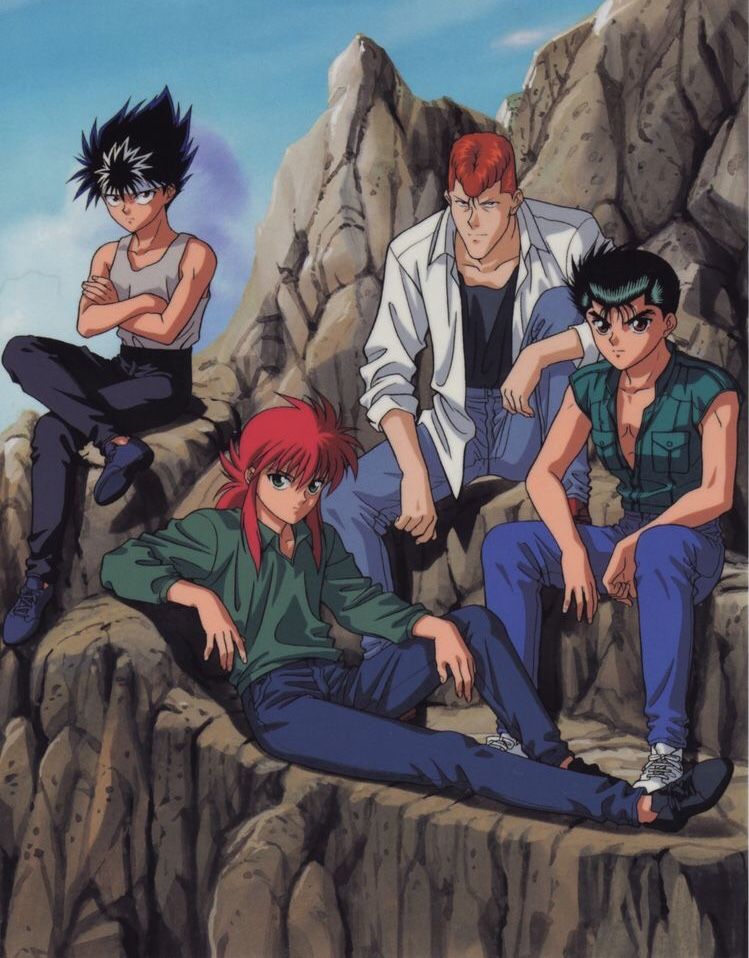
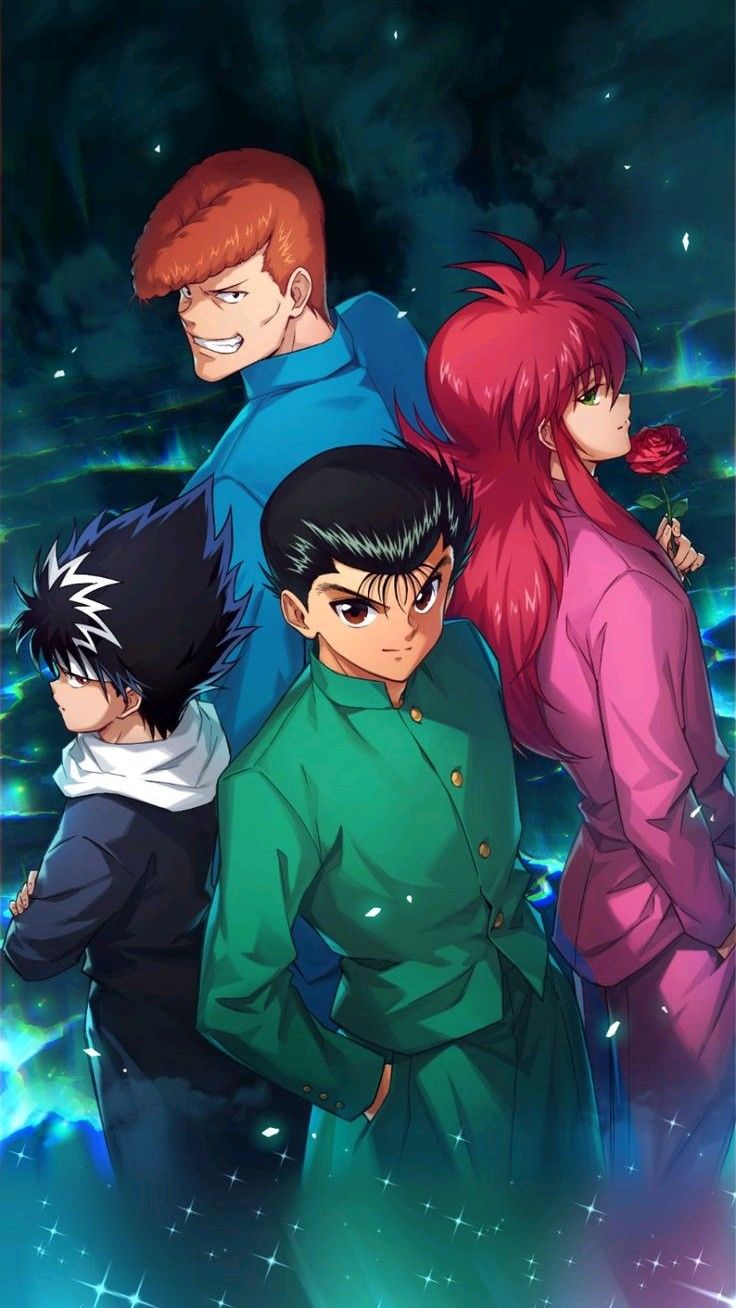
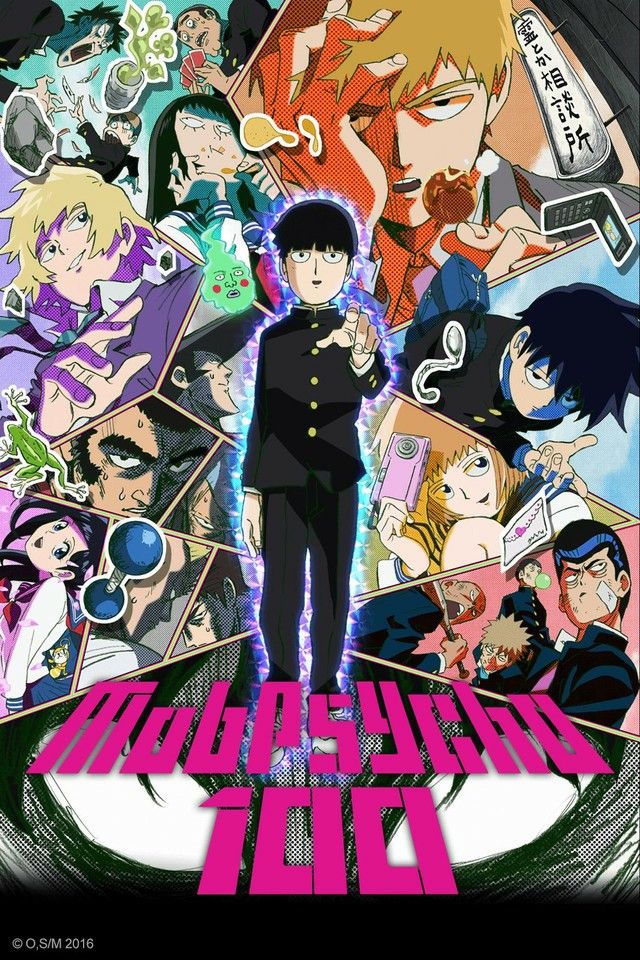
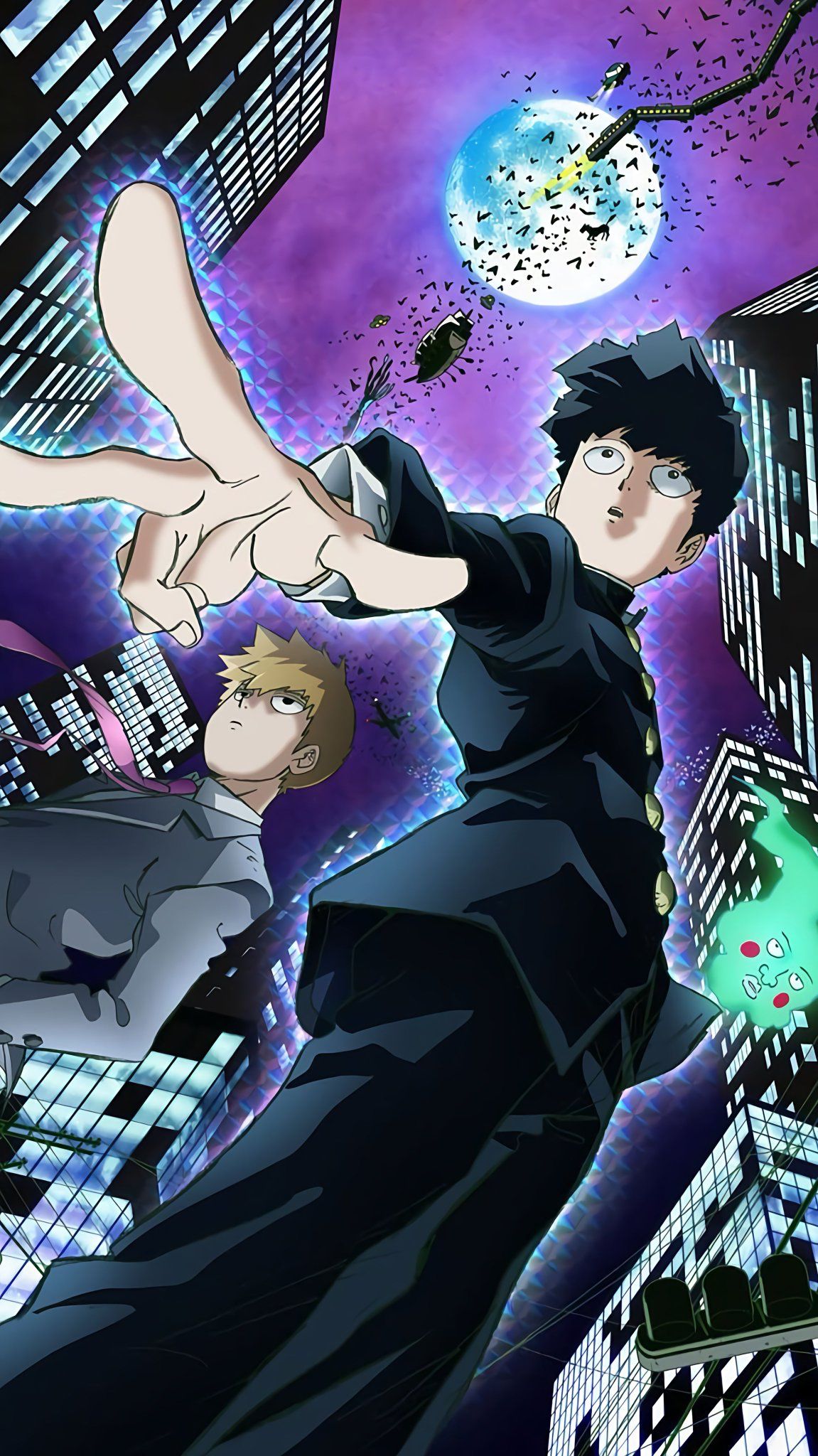
Leave a Reply